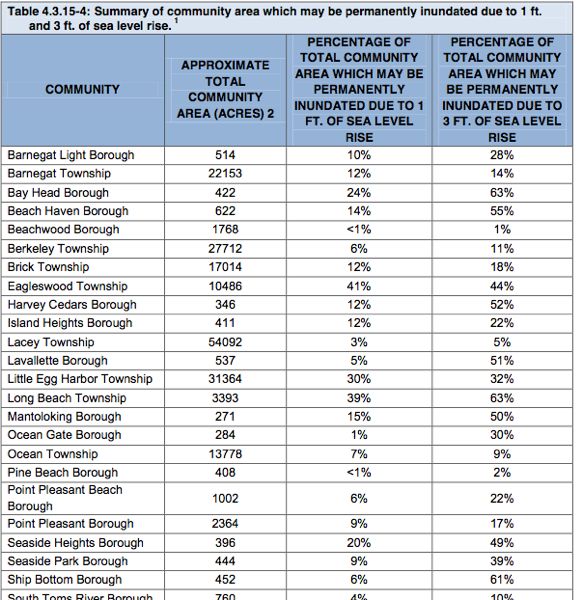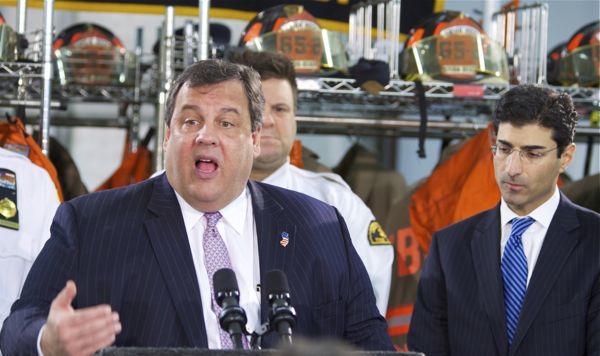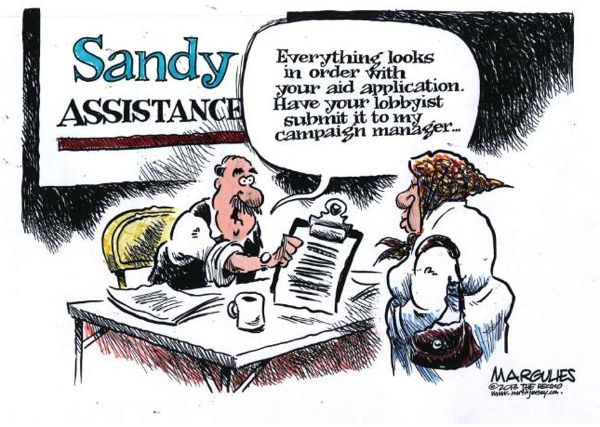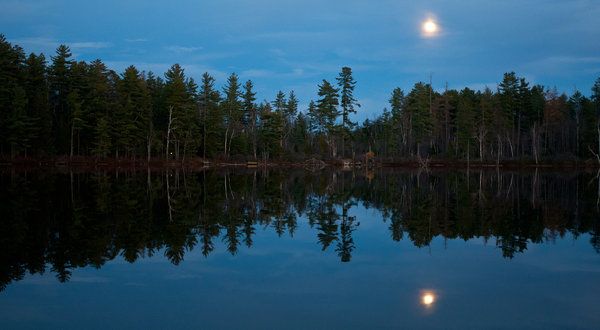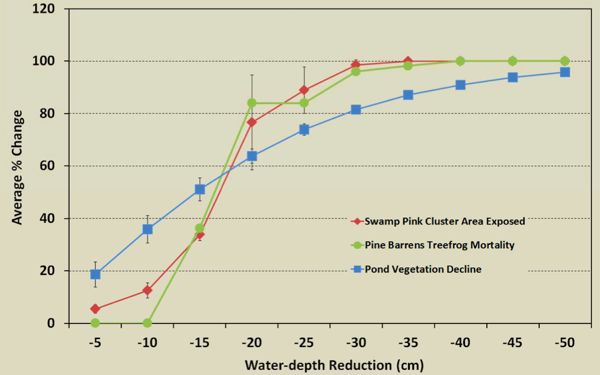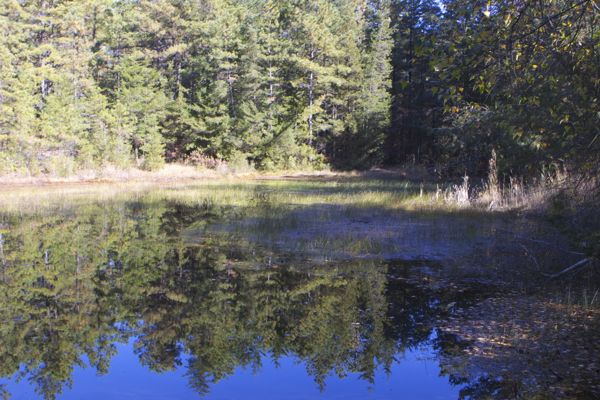Gov. Christie Claims NJ Had a “Massive Plan” in Place Prior to Sandy
The Gov.’s So Called “Massive Plan” Had Massive Flaws
The Governor Was Not Prepared for Sandy – He Now Blames Local Officials
Christie’ DEP Actually Dismantled Climate Adaptation Planning and Downgraded Priority on Coastal Hazards
Christie remains in Denial – NJ the Only State in Northeast without a Climate Change Adaptation Plan
I spewed coffee on the keyboard after reading this blast of bullshit Gov. Christie just told the Bergen Record:
Christie told The Record in an interview last week that a state emergency plan had been in place since after Tropical Storm Irene in 2011. “There was a massive plan,” Christie said. “They’re confused because they’re confused,” he said of local officials. “But there was a plan — but a lot of the plan, the responsibility falls on them,” he said.
“You know, when a disaster happens, it does not mean that the state is going to substitute ourselves in for every function that is supposed to be a municipal function,” Christie said. “We may help to pay for some of it through federal aid, we may help to supplement it, as we have with zoning officials and inspectors, to try to help make that process move along more quickly. But those things, which are municipal functions before the storm, are municipal functions after the storm and will just be supplemented by us on a case-by-case basis.”
The “Plan” the Governor is referring to is known as the State “Hazard Mitigation Plan”. The Governor himself must approve this Plan under federal and State law.
State government is the lead agency for developing, overseeing, and implementing the plan. The Plan is supposed to specify actions that local governments are required to take.
The State’s role is to not only develop the plan, but to monitor and enforce compliance with the plan.
The Governor is simply lying about all the warnings he ignored and the inadequacy of the State’s Plan. He is evading his responsibility under the law.
But you don’t have to take my word for it – here is the legislative testimony of CHristie’s own DEP Commisisoner, Bob Martin, who explained the State and Governor’s role quite clearly:
I’d like to start off by framing out how we operate in an emergency response point of view from the State. So, I’d like to take a few minutes to talk about that and then the scope of responsibilities DEP has, that fits into an overall comprehensive plan.
First off, the State operates during emergencies based on planning – significant planning that occurs at the state level.
Each department operates with its own plan and ties into an overall unified command which is operated and coordinated by the State Police.
All the major decisions, critical decisions, are made by the Governor. […]
We do not operate in silos as an organization – we operate clearly together as a team.
The Cabinet members sit with the Governor, helping to inform him on those decisions. ~~~ DEP Commissioner Bob Martin. Testimony to Senate Budget and Appropriations Committee. December 3, 2012 – watch it, begins at time 1 hour 47 minutes
Got that? “All the major, critical decisions, are made by the Governor”.
Not the Mayor, or local police and fire Departments – or even the Planning and Zoning Boards.
As we’ve noted numerous times, that Plan – updated in April 2012 AFTER Hurricane Irene – did not consider the lessons learned from Irene and did not consider climate change, sea level rise, and storm surge that did all the damage by Sandy.
As I wrote, here is that caveat from the Plan itself:
Technical information on the four (4) most recent disasters and climate change issues are still being reviewed and are not included in this April 2012 NJ Hazard Plan update. ~~~ NJ Hazard Mitigation Plan (April 2012)
That Plan did not require that critical infrastructure – like wastewater and drinking water treatment plants – have basic protections, like a vulnerability assessment, a climate adaptation plan, and basic things like back up power and adequate fuel to power back up diesel pumps and generators.
Or ways to prevent disasters like the massive drinking water pipeline break in Monmouth County, which should have been a huge wakeup cal about the vulnerability of critical infrastructure
That Plan did not have maps of where the locations that are most vulnerable to storm surge and flooding are, or how high and wide the floodwaters and storm surge would go.
That Plan did not have plans for local officials to follow, like DEP had piloted in 3 shore towns in a pilot project known as the Coastal Community Vulnerability Assessment.
Just the opposite: Christie’s DEP dismantled climate adaptation planning and coastal hazard planning.
Those GAPING DEFECTS meant that local officials and the operators made huge preventable mistakes – critical errors that should not have happened – like loss of hundreds of drinking water and sewage treatment plants and over a hundred millions of dollars of NJ Transit trains.
In contrast, NY State and NY City had adequate plans in place and suffered far less damage.
How could the Bergen Record forget its own coverage and fail to hold the Governor accountable?:
Christie: No knowledge of NJ Transit’s hurricane plan before Sandy hit:
Governor Christie said Wednesday that he had no idea NJ Transit had a plan in place months before Superstorm Sandy hit last year that called for storing commuter trains in upland sites — which the transit agency didn’t do — resulting in more than $120 million in damage to locomotives and railcars that were left in low-lying yards in Kearny and Hoboken. […]
“I did not have a specific, personal knowledge of this plan before the storm and, as almost every department of government has a plan, I’m sure that the people of the state will not be shocked to know that I haven’t read every one of them,” Christie said. “So I didn’t know about it.”
So, let;’s recap:
- Christie said he had no knowledge of climate change and had not been briefed on climate change risks;
- Christie said he had no knowledge of NJ Transit’s so called “Plan” (actually a 3 page memo, not a plan)
- Christie’s DEP dismantled climate change adaptation planning and abandoned coastal hazard planning
- Christie and his DEP ignored multiple warnings from scientists about NJ’s high vulnerability to sea level rise, storm surge, and climate change drive extreme weather
- Christie’s DEP admitted that State flood hazard maps were decades old, dating to the Carter Administration, yet still refuses to update them and opposes legislation to require that they be updated
- Just as failures start to get reported in the press a year after the storm, Christie now claims that hazard planning is a local responsibility, despite directly contradictory testimony of his DEP Commissioner that the Gov. is the decider.
And the Bergen Record lets him get away with all this bullshit.
Un-fucking believable!
Worse, after all this evasion and lack of accountability on failures in Sandy preparation, to top it off, the Record repeats the misleading dune myths and gives the Gov. a pass on climate denial:
But he has treaded lightly on the subject of climate change and sea levels. He said the DEP’s one-foot elevation standard was “to try to make sure we account for any eventualities in the future — not necessarily sea rise or any of that stuff but, you know, more intense storms that could come later on.”
He added: “I hope they don’t come, but if they do come, we want to be ready. If you’re going to do this, better safe than sorry. I don’t want people to have to do it twice. So let’s do it once.”
No wonder the Gov. has favorable poll numbers – the press refuses to tell the public the truth about his record.

